Author Guest Post: David Buttery
NAPOLEONIC PARIS TOUR
Everyone should see Paris, which is a ‘historian’s dream’ as the location of a vast number of fascinating sites relevant to many historical periods. My Napoleon’s Paris guidebook is designed to help tourists interested in Napoleon navigate around the capital of his First French Empire but it is also intended to assist tour guides to show their guests the best Paris can offer. I acted as a tour guide on the Waterloo Association’s International Trip 12-15 April 2024 with interesting results this year.
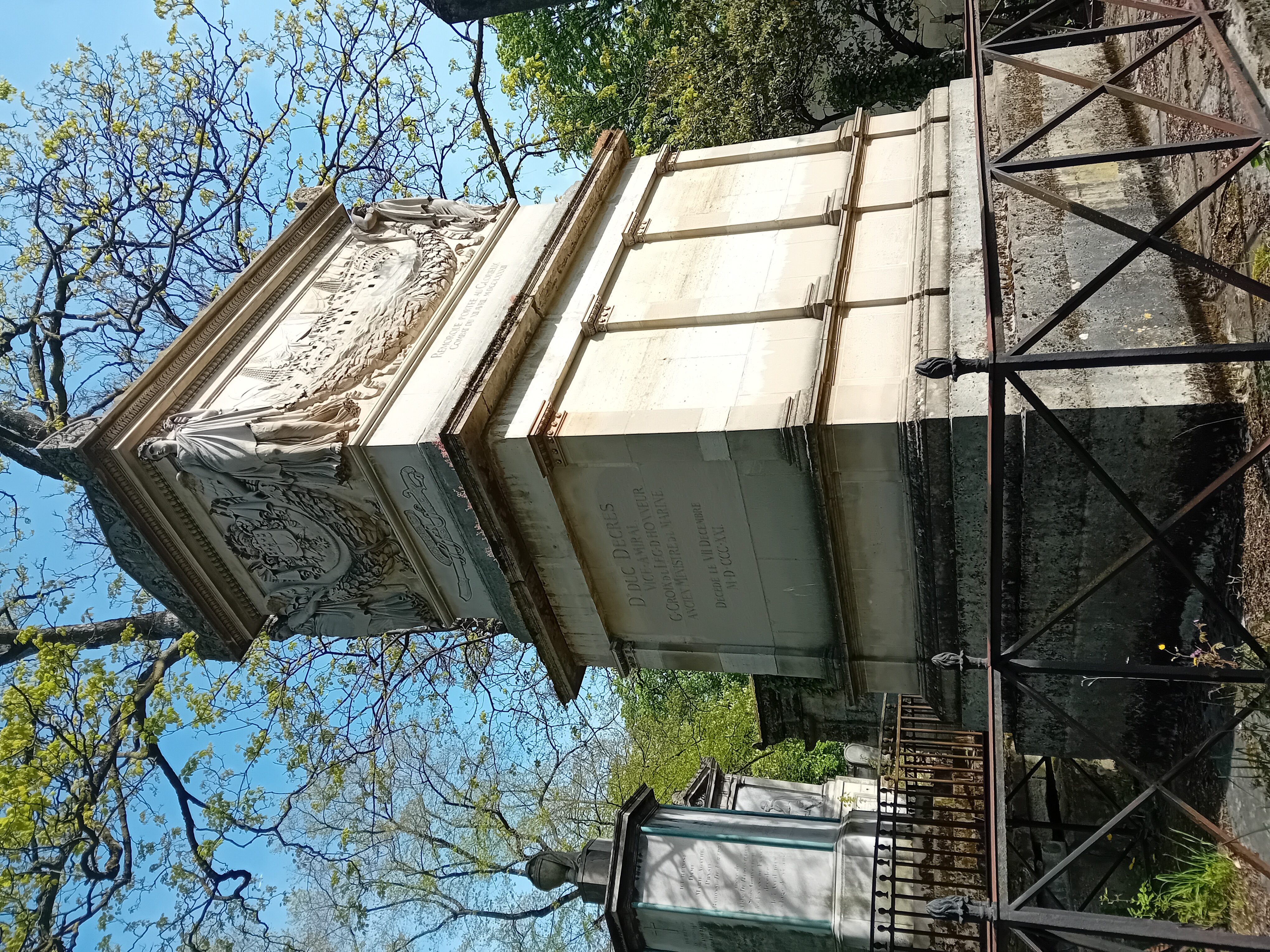
This three day trip became a whirlwind of activity as we tried to fit as much as possible into our itinerary during the time allowed. The main sites we visited were the Museum of the Legion of Honour, the Arc de Triomphe, Pѐre Lachaise Cemetery, Malmaison and Les Invalides (containing the Musée de l’Armée and the Emperor’s Tomb). It was a walking tour but used a coach on one day along with the optional extra of a challenging walk around Paris that I dubbed ‘The Long March.’
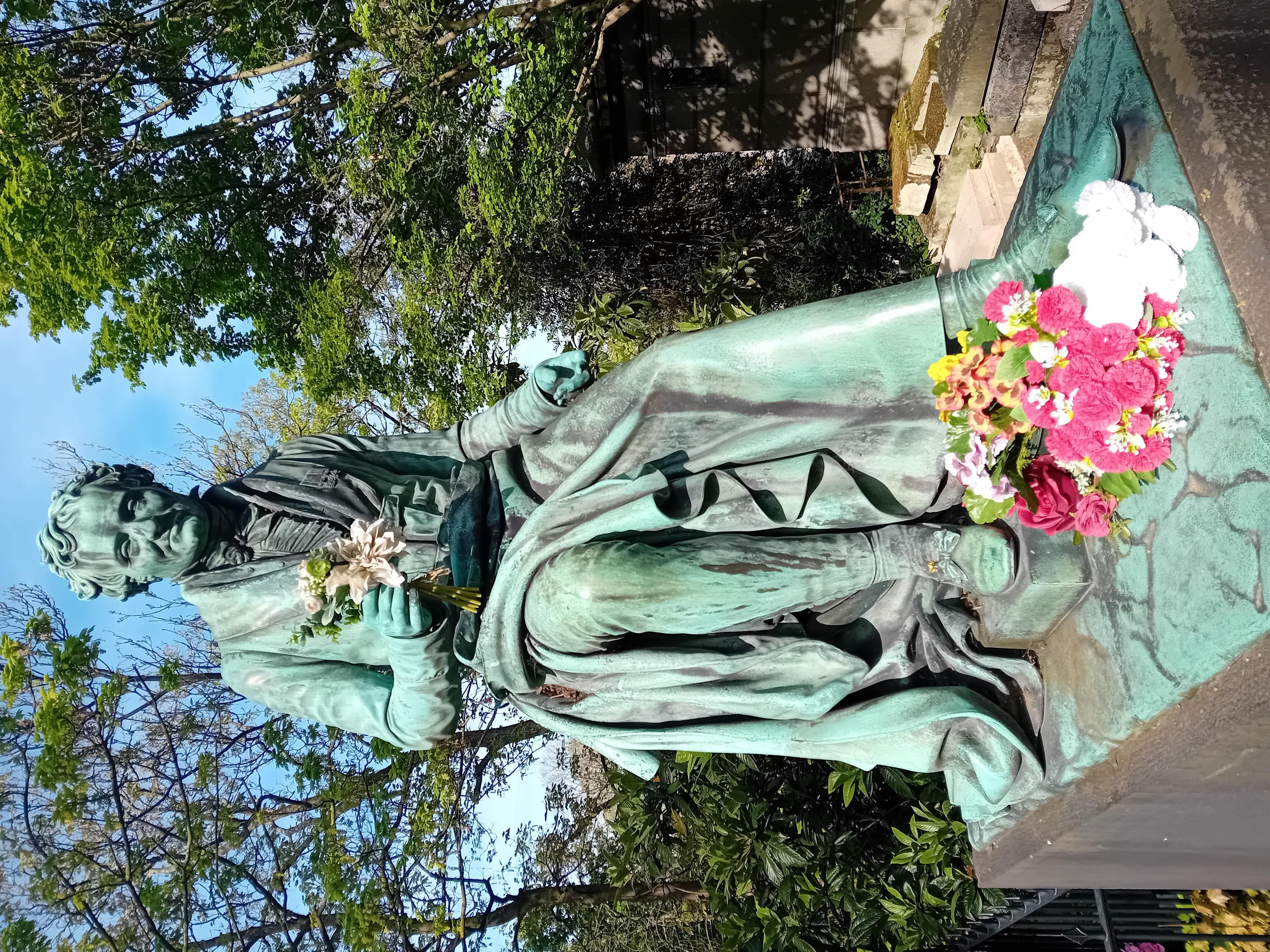
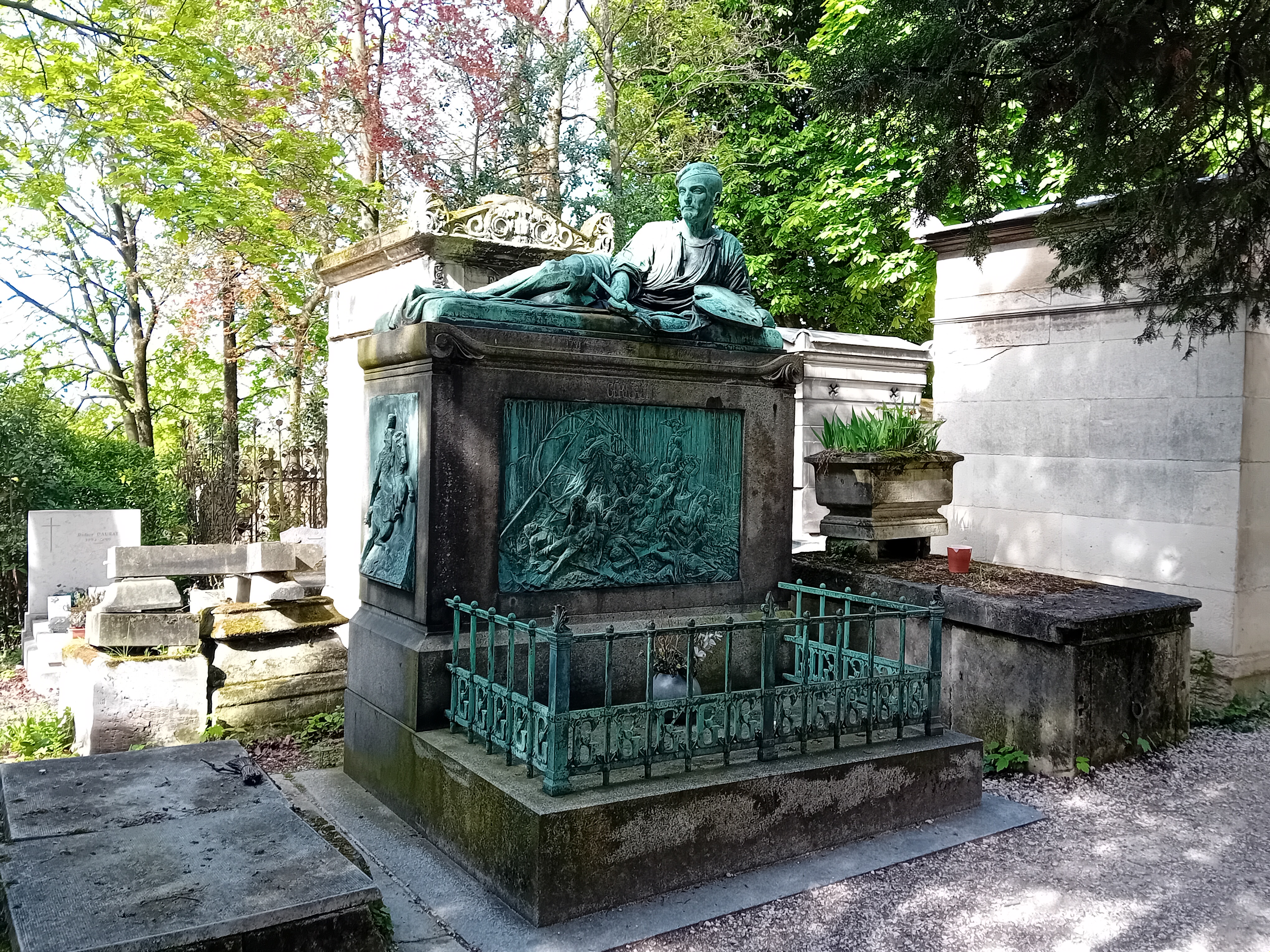
Seeing the Arc de Triomphe is an excellent introduction to those visiting Paris for the first time. This iconic French structure was begun in 1806 by Napoleon but finished by his successors as he fell from power in 1815. Its inscriptions record the achievements and sacrifices of the French Army during the wars from his time right up to the present day and guests were moved to witness a remembrance ceremony at the tomb of the Unknown Soldier coinciding with our visit. The views of Paris from this monument’s summit are magnificent and well worth the effort of climbing 284 steps to see.
I devoted a whole chapter to describing the extraordinary cemetery of Pѐre Lachaise that Napoleon ordered built in 1804. Historians can learn a great deal about historic personalities from the way they were treated after death and this gothic commemoration in stone reveals graves, monuments, pyramids, statues, ziggurats, tombs and mausoleums richly adorned with heraldic symbols and inscriptions that tell observers a great deal.
At least 2 million people are interred here including artists, poets, politicians, revolutionaries and rock stars and guests were amused to hear about the antics of visiting devotees of Oscar Wilde and Jim Morrison, although we concentrated upon the tombs of fourteen of Napoleon’s Marshals of Empire buried here. The cemetery covers 100 acres so we were only able to see a small portion of this fascinating place and our schedule was so demanding that I accidentally left my book behind at Marshal Grouchy’s tomb and had to borrow another from a guest.
Napoleon and Empress Josephine preferred to spend time at their country house of Malmaison, which was more comfortable than the palaces they dwelt in. Therefore, many historians believe this house provides better impressions of what the imperial couple were really like and it is far more Josephine’s house than his (she bought it while he was in Egypt). She maintained stunning gardens, a menagerie and bred roses here along with hosting important dignitaries and friends informally. Guests were impressed to see Napoleon’s study, conference room and Josephine’s magnificent bedchamber along with a host of artefacts including porcelain collections, paintings, weapons, furniture, jewellery, an imperial coach and the hearse from Napoleon’s second funeral in 1840. Interestingly, while guests were impressed with Malmaison, many commented that they would have liked more time at Pѐre Lachaise if it were a choice between the two. It seems an unusual location with a touch of the macabre has more appeal than a stately home.
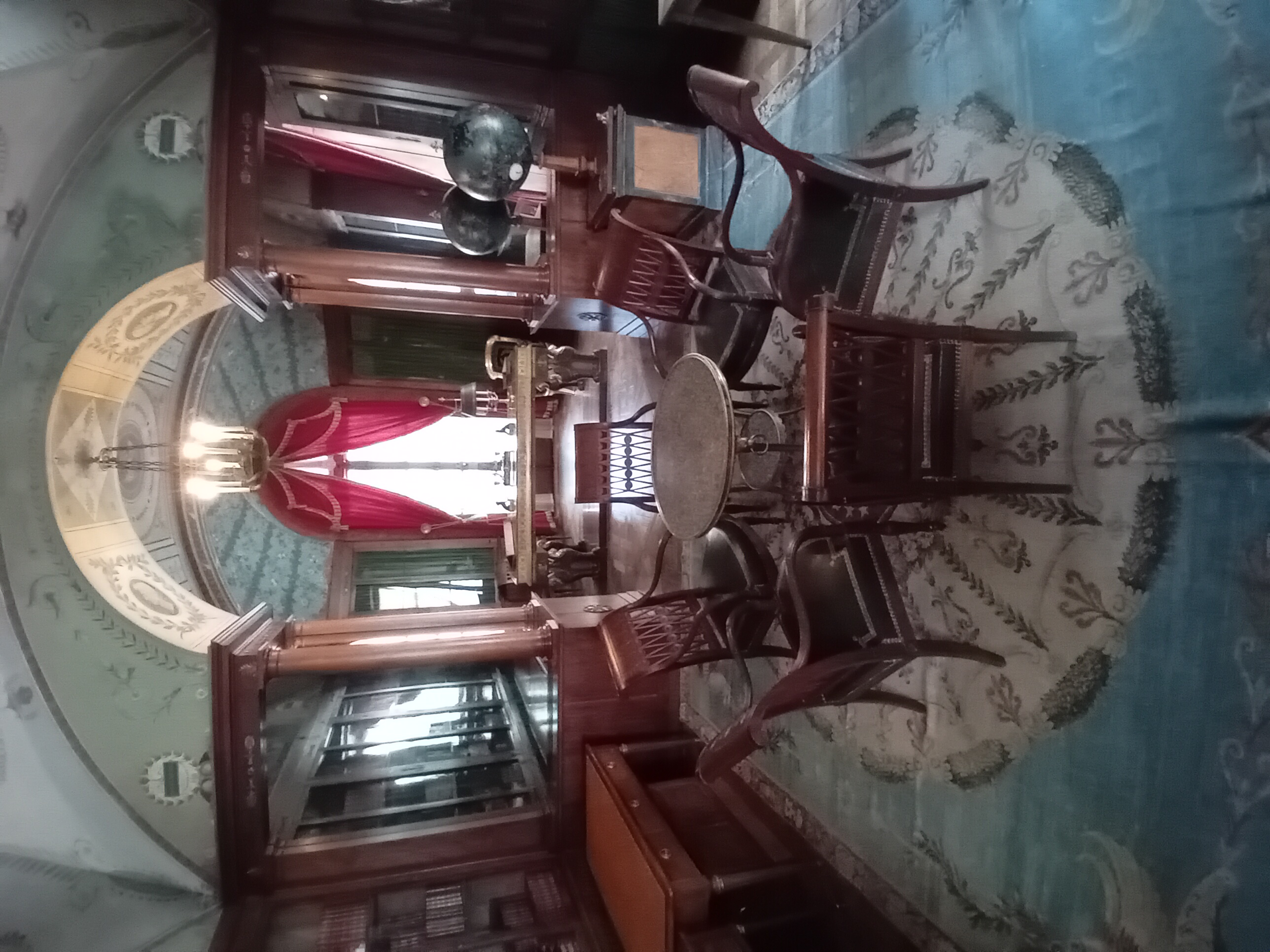
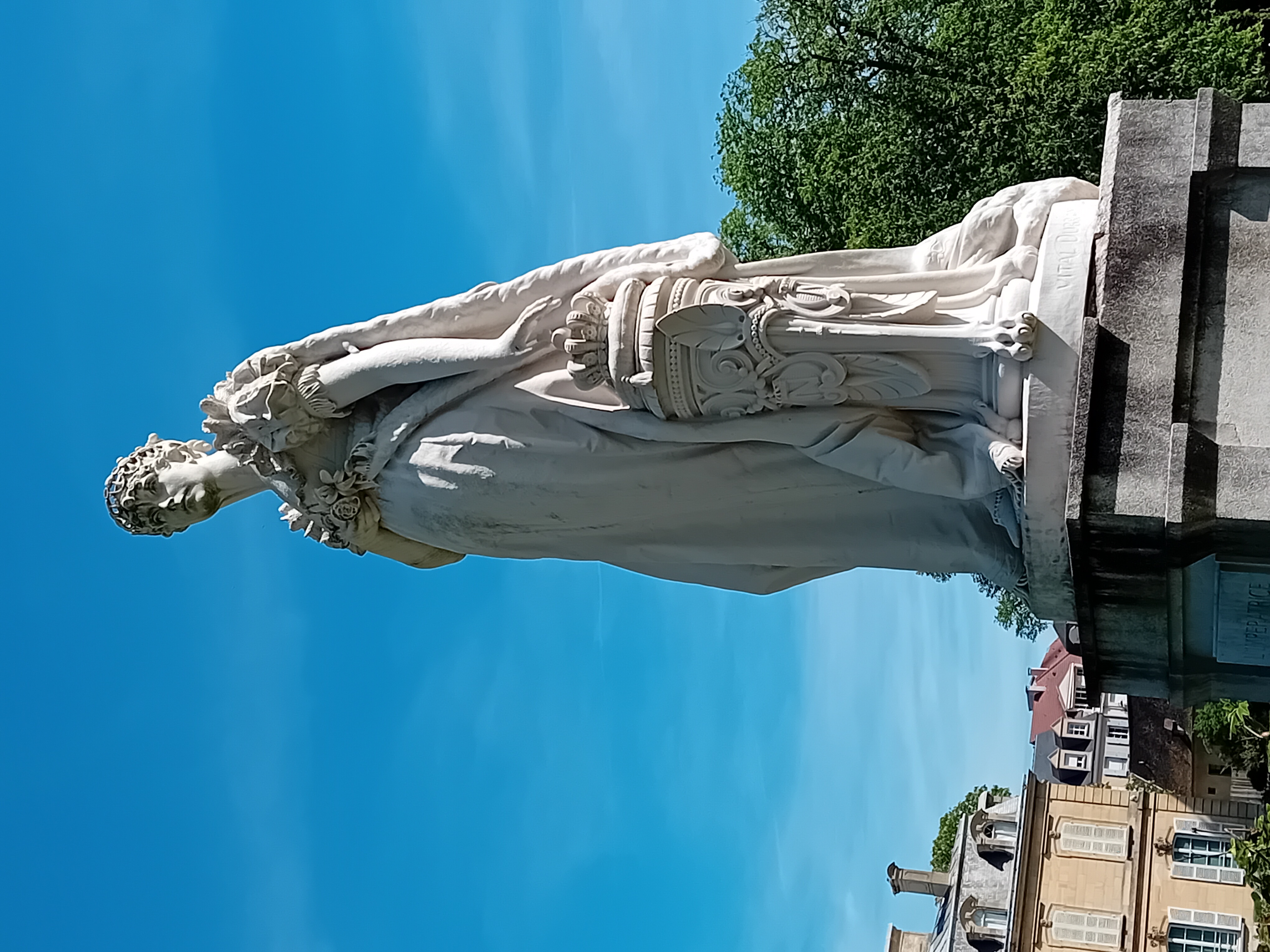
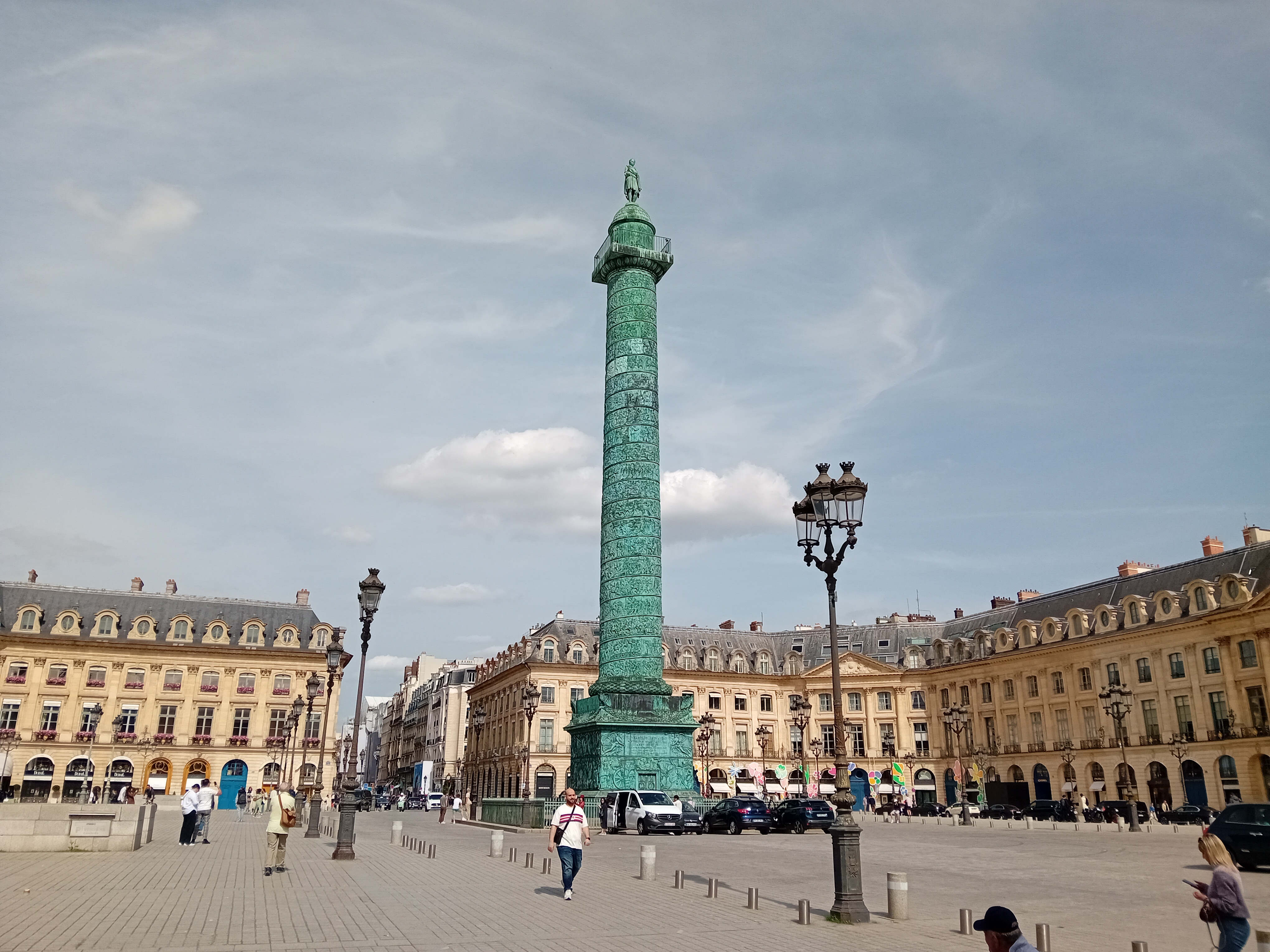
Les Invalides was the most popular location by far. Begun in 1671 as a home for wounded, sick and disabled soldiers; it acts as a military hospital to this day. Napoleon lies entombed directly beneath the magnificent golden dome of the Église du Dôme that can be seen from many parts of Paris and is an extraordinary honour. Even those who were ‘anti-Napoleon’ were impressed by his magnificent tomb and the friezes surrounding it, recording his achievements off the battlefield in areas like education, public works, commerce and religion (encapsulated in the Code Napoléon) that many national curriculums tend to play down.
The Musée de l’Armée displays thousands of objects from different periods and is justly renowned as one of the best military museums in the world. Guests were particularly interested to see a cavalryman’s armour entirely pierced by a cannon ball that was found on the battlefield of Waterloo. Other exhibits include items owned by the Emperor himself including hats, coats, telescopes, swords, uniforms, campaign furniture and even the remains of Vizir (one of the Emperor’s horses). Naturally, there is also a huge amount of Napoleonic uniforms, weaponry and paintings on display.
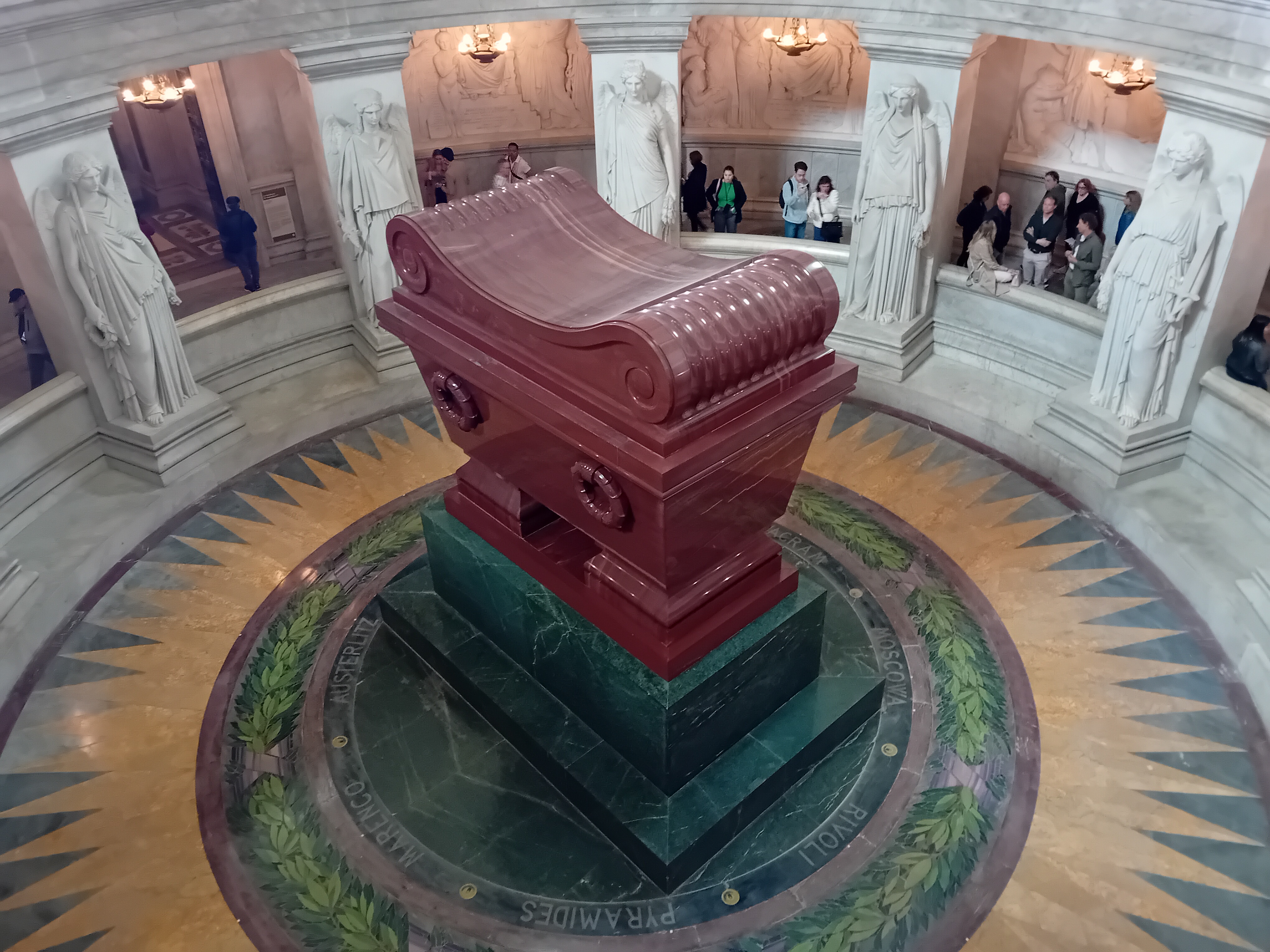
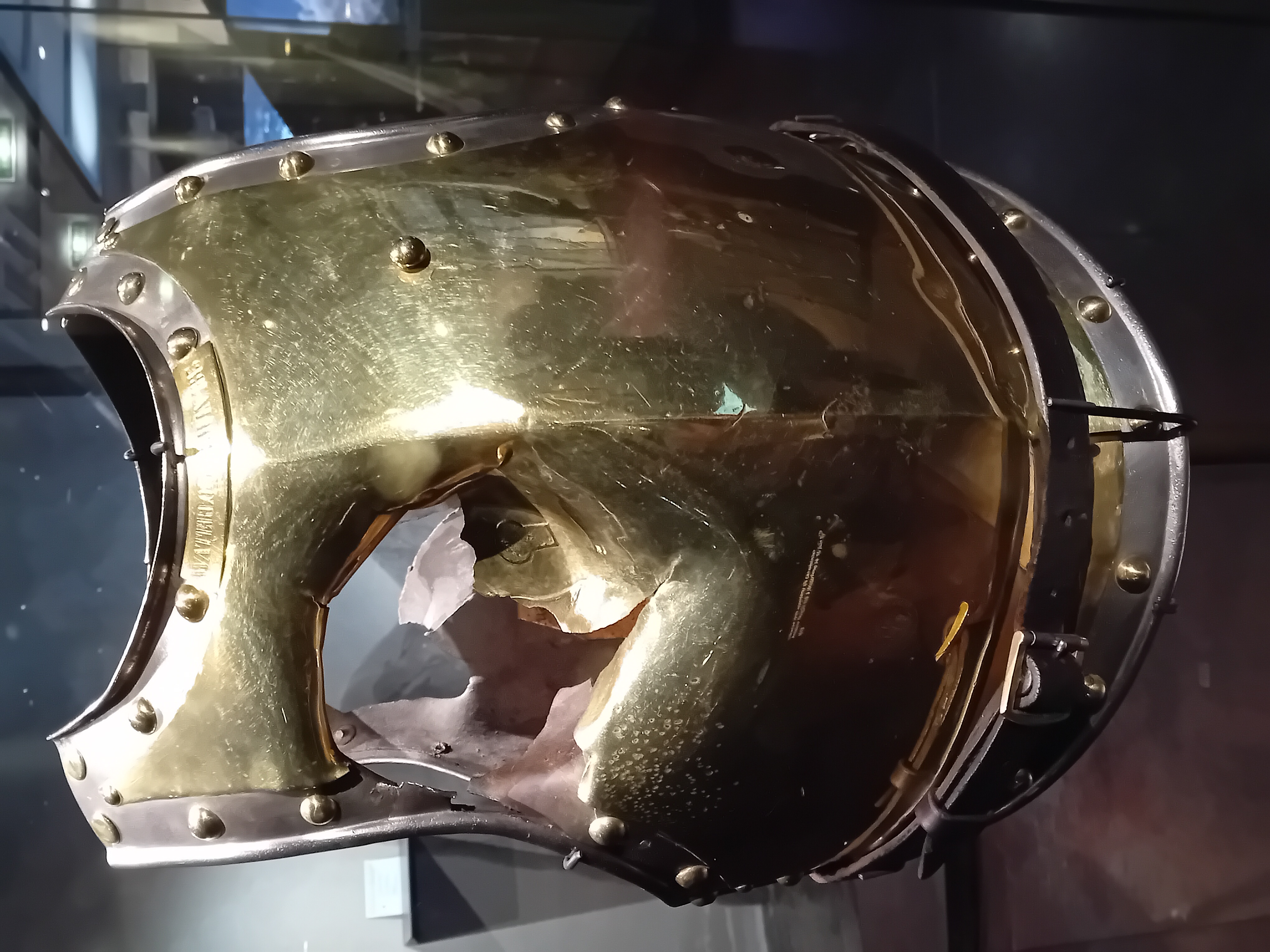
The Long March allowed guests to take in the ambience of the city. We saw the Place du la Concorde where many were executed on the guillotine during the Revolutionary Reign of Terror and could see the National Assembly (French Parliament) and the Madeleine along with views of the River Seine from this square. Marching on, guests saw the Vendôme Column topped by a statue of Napoleon in Roman garb followed by a visit to the Church of St Roche, known for the part it played in the infamous ‘Whiff of Grapeshot’ when General Bonaparte brutally suppressed Royalist attempts to topple the government.
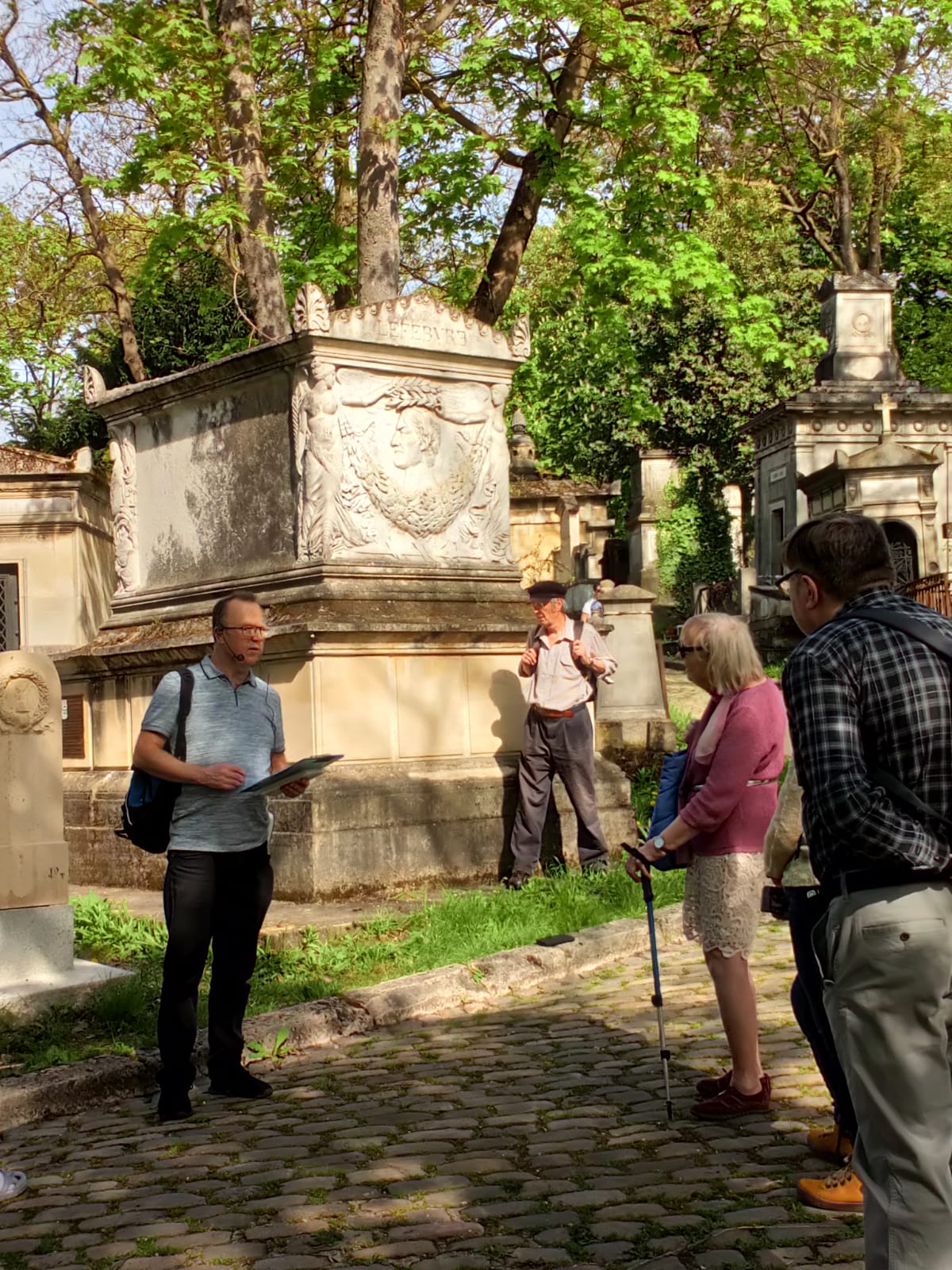
This was followed by a visit to the Palais Royale that was famously misused by the Duc de Chartres who hired out rooms as gambling dens or bordellos to fund his libertarian lifestyle and where Napoleon allegedly lost his virginity. Our march ended before the Louvre, which many consider the greatest museum and art gallery in the world, where numerous art treasures are held such as the Mona Lisa. I delivered the final talk beside the beautiful Arc du Carrousel, which was once a gateway to the Tuileries Palace before the Communards burned it down in 1871.

This account only skims the surface of what we experienced in Paris and this tour will be the first of many. The city boasts many Napoleonic connections and visits to sites like the Panthéon, Place de la Bastille, Notre-Dame Cathedral, Eglise St-Sulpice, Palais de Luxembourg and Chateau Vincennes (on the edge of the city) are likely to be offered next time. Paris easily lives up to its great reputation and anyone even remotely interested in Napoleon should visit the French capital and enjoy its delights.
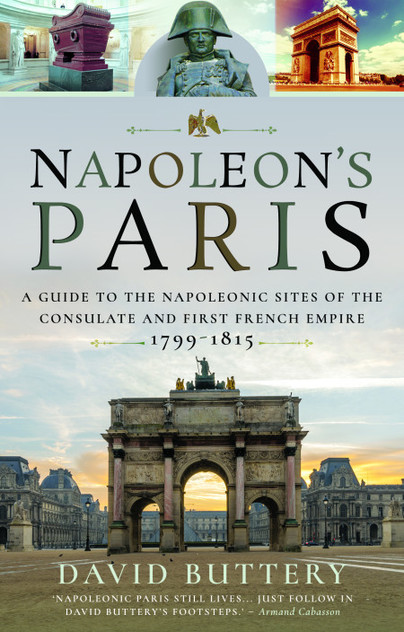
Order your copy here.

